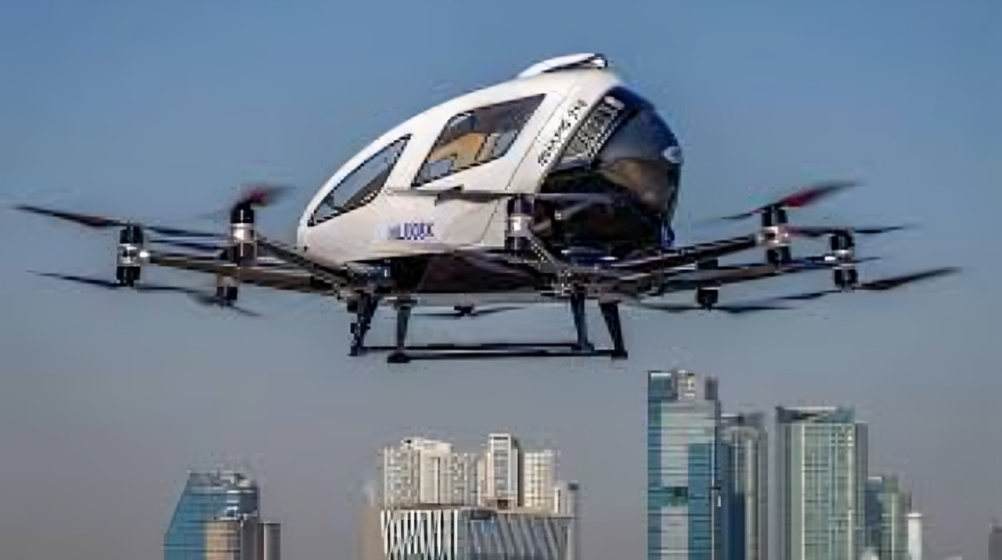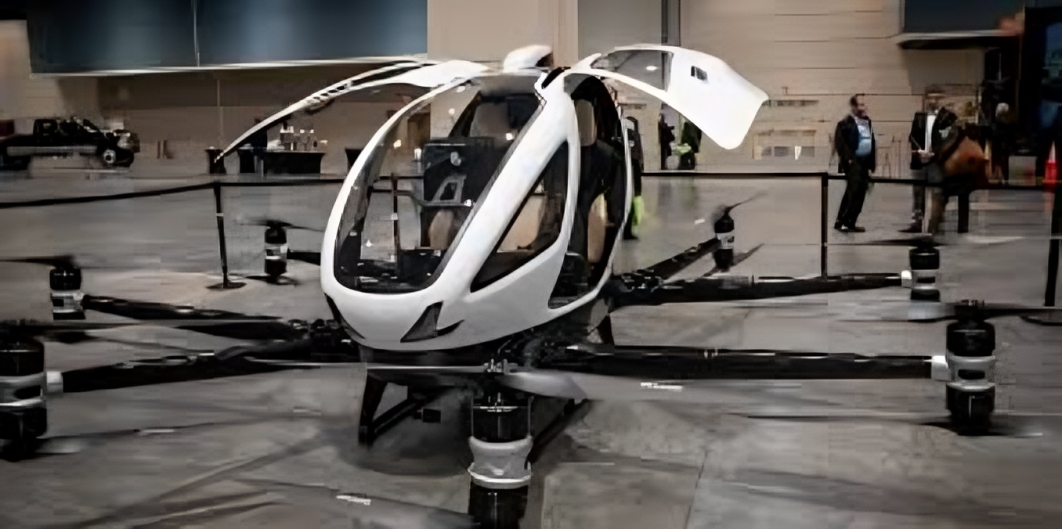China to Soon Get Flying Taxis
China to Soon Get Flying Taxis: Two Companies Get Approval for Low-Altitude Commercial Vehicles
China, one of the world’s fastest-growing technological powerhouses, is about to take a significant leap into the future of urban mobility. The country has recently made a groundbreaking move by granting approval for two companies to operate flying taxis. These innovative low-altitude vehicles, designed for urban air mobility, are set to revolutionize the way we think about transportation, with the promise of reducing traffic congestion, providing faster travel times, and offering a new dimension to city infrastructure.
The Emergence of Flying Taxis in China
The approval, granted by China’s aviation regulators, marks a historic moment in the aviation and transportation industries. With the growing demand for efficient, green, and modern transportation solutions, flying taxis are seen as a natural evolution in the pursuit of sustainable urban development. These vehicles will be classified as low-altitude commercial vehicles, which typically operate below 1,000 meters, allowing them to fly over crowded urban landscapes and bypass ground traffic.
The two companies that have received the green light are expected to begin trials and operations within a year, setting the stage for the mass adoption of flying vehicles in China’s bustling cities. These air taxis could carry passengers, cargo, and even offer emergency services, all while utilizing cutting-edge technologies like electric propulsion and autonomous navigation.

What Are Flying Taxis?
Flying taxis, also known as Urban Air Mobility (UAM) vehicles, are aircraft designed to take off and land vertically, like helicopters. However, unlike traditional helicopters, they are usually electric, quieter, and more efficient, making them ideal for urban environments. These electric Vertical Take-Off and Landing (eVTOL) aircraft are designed to alleviate the stress of road-based travel, which is becoming increasingly congested in major cities worldwide.
The primary appeal of flying taxis is their ability to avoid traffic, enabling quicker commutes, especially in metropolitan areas where ground transport is often slow and unreliable. Furthermore, these vehicles offer a cleaner alternative to traditional combustion engine vehicles, making them part of the broader movement toward sustainable, eco-friendly transportation solutions.
Why China Is Paving the Way
China is no stranger to adopting cutting-edge technologies and pushing the boundaries of innovation. The country’s embrace of electric vehicles (EVs) and its leadership in the development of high-speed trains are prime examples of its commitment to modernizing its infrastructure. Flying taxis represent the next logical step in this ongoing transformation.
China’s massive urbanization and population density have created unique challenges for transportation. With megacities like Beijing, Shanghai, and Guangzhou struggling with air pollution, traffic congestion, and limited space for expansion, flying taxis provide a potential solution that could alleviate some of these issues.
Additionally, China’s rapidly growing tech industry and the increasing focus on electric aviation technologies make the country a prime candidate for pioneering the global flying taxi market. The approval of these vehicles could pave the way for a new era of urban transport, attracting investment, creating jobs, and positioning China as a leader in the emerging aerial transportation sector.
What’s Next?
The road ahead for flying taxis in China is not without its challenges. From safety concerns to public acceptance and regulatory hurdles, the companies involved will need to work closely with regulators, city planners, and the public to ensure a smooth integration into the existing urban ecosystem. However, the approval is a step in the right direction, and the initial trials will likely offer valuable insights into the viability of flying taxis.
As more cities worldwide explore the potential of UAM vehicles, China’s bold move could spark a global race to bring flying cars to the skies. For now, the focus will be on testing and refining the technology, with a view to commercial operations in the near future.
In conclusion, the approval of flying taxis in China marks a significant milestone in the development of urban air mobility. If successful, these vehicles could transform urban transportation, making cities more connected, less congested, and ultimately more sustainable. While there is still a long way to go before flying taxis become an everyday reality, China’s move signifies the beginning of a new chapter in the future of transportation.














Post Comment